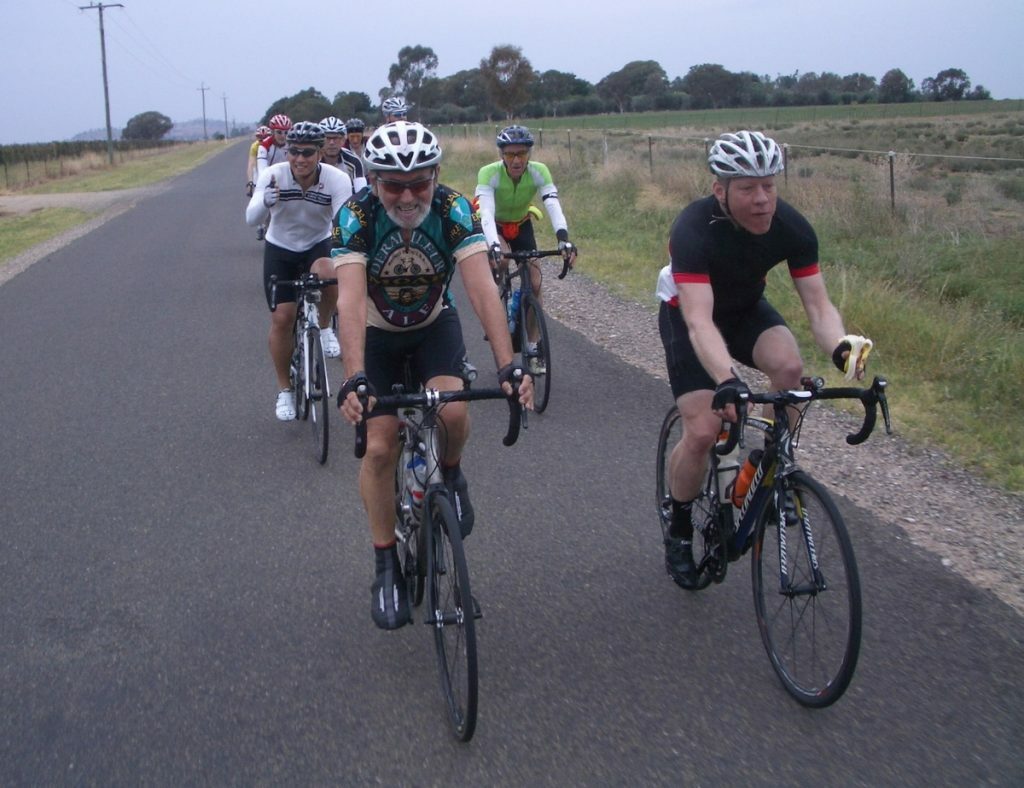
I have often heard riders refer to their average speed to determine how well they did on a particular ride and I wondered how good of an indicator average speed by itself is without taking into consideration the elevation gain? So I tried to investigate this by looking at the various elements that make a ride harder and which also considers power output.
My starting point was the equation that describes the three key elements of a ride. The total power = the power required to overcome rolling resistance + the power required to overcome wind resistance + the power required to overcome the gradient. The equation describing this is: Power = krMs + kaAsv2d+ giMs Ref: http://theclimbingcyclist.com/gradients-and-cycling-how-much-harder-are-steeper-climbs/ , where
- P = power required
- kr= rolling resistance coefficient
- M = mass of bike + rider
- s = speed of the bike on the road
- ka= wind resistance coefficient
- A = the frontal area of the bike and rider
- v = speed of the bike through the air (i.e. bike speed + headwind or – tailwind)
- d = air density
- g = gravitational constant
- i = gradient
By substituting some numbers and making certain assumptions for the above parameters, I compared an example ride of say 30km with an elevation gain of say 900 m elevation gain, power = approx 150 Watts. The average speed for this ride is approximately 16km/hr.
I then compared it to a similar distance of 30 km and power of 150 Watts, but with half the elevation gain, ie 450m. The average speed was approximately 22km/hr. This represents an increase of average speed of very roughly 40% for the same effort made or power output.
If the elevation gain was even less than 450m, then the average speed would be higher than 22km/hr.
The conclusion is that if power output is not available to determine how intense the effort was on a ride, then average speed by itself may not be the best simple indicator unless elevation gain is also considered.
Of course there are many assumptions and simplifications made in the calculation of the above numbers but it gives an idea of the equivalent average speed of a ride with more elevation gain when compared to a flatter ride.